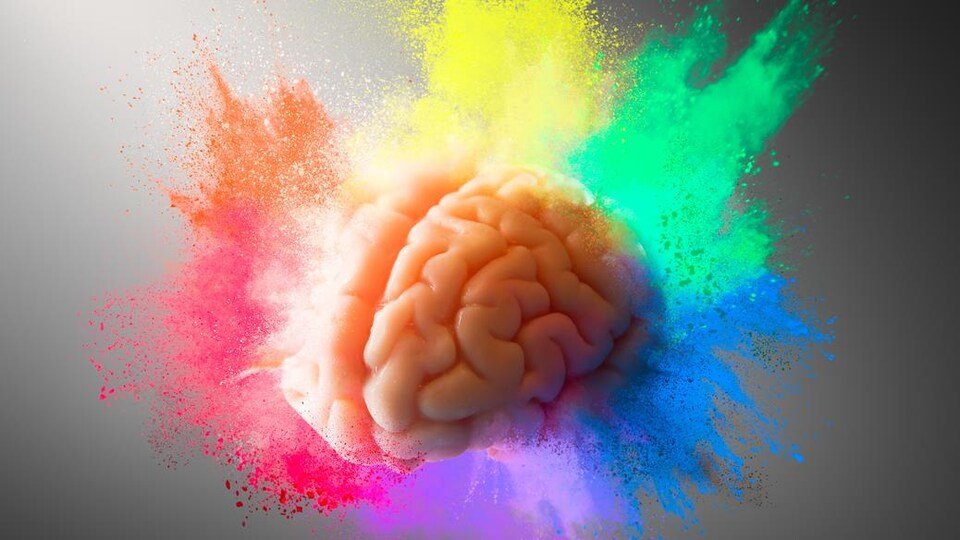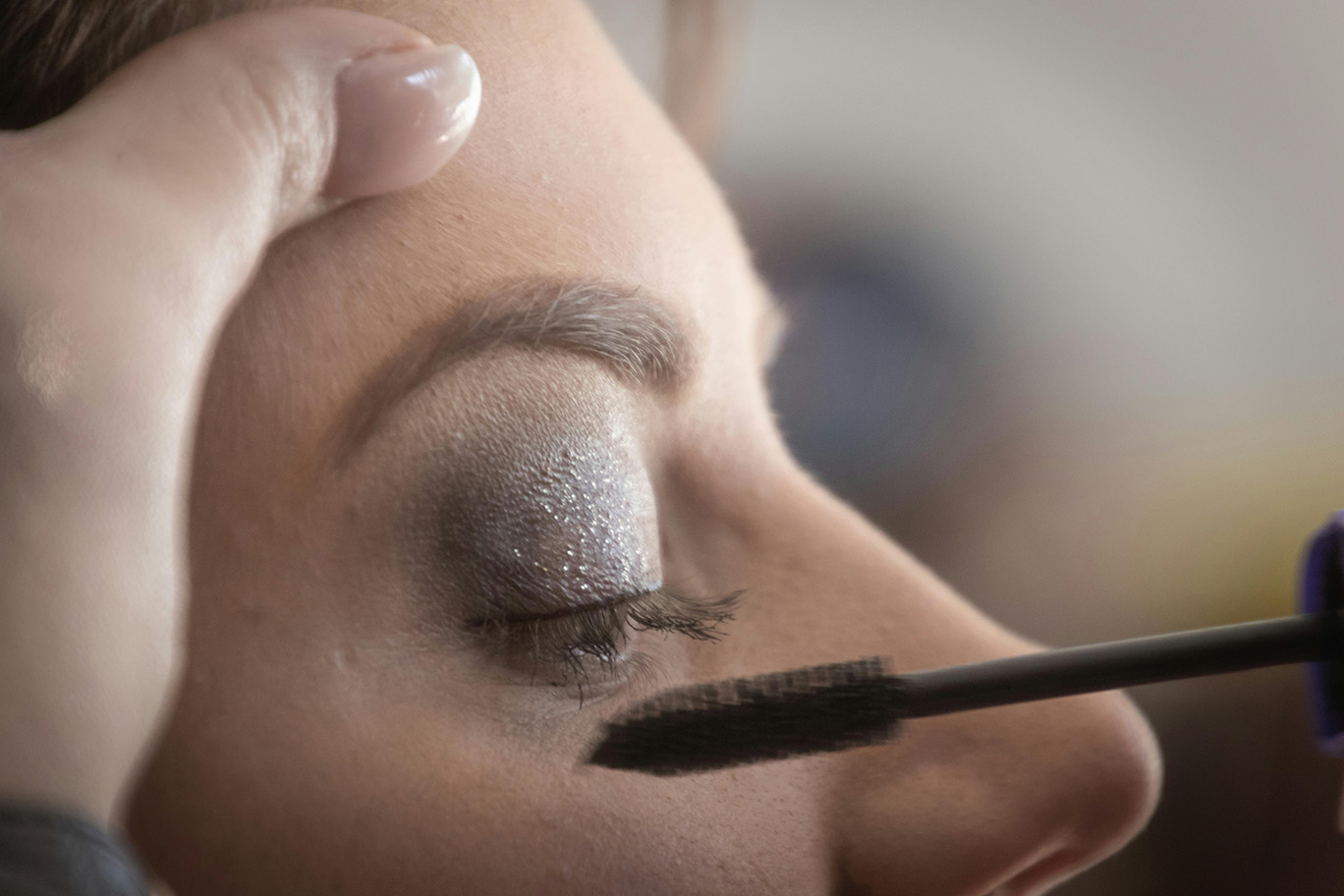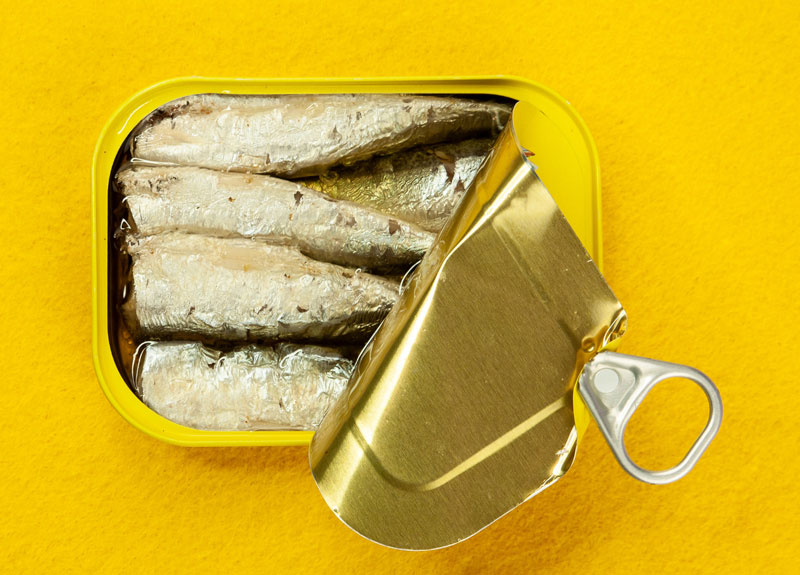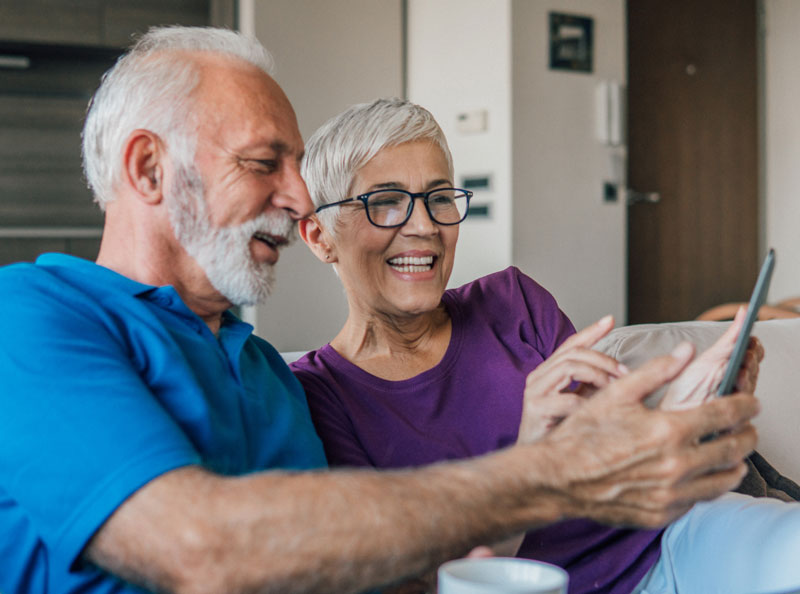Blog
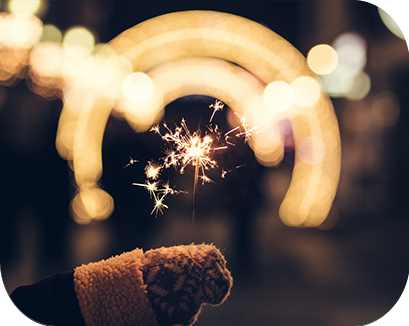
Fireworks
Posted: Thursday 1st November 2018
Remember remember the 5th of November……but not because it was the date of an eye injury that you or a loved one sustained.
Every year thousands of people arrive in casualty due to firework injuries. In fact 4,506 people visited A&E from 2014-2015 for treatment of a fireworks-related injury. This was an increase of 111% from the 2,141 firework-related injuries reported in 2009-10. Of these statistics, hundreds of people, many of them children, suffered eye injuries. In the most severe cases, fireworks can rupture the globe of the eye, cause chemical and thermal burns, corneal abrasions and retinal detachment — all of which can permanently cause eye damage and affect vision. Every year around 10 people in the UK lose their sight and around 300 people suffer serious eye injuries as a result of accidents caused by fireworks.
Those injured by fireworks are not necessarily handling the explosives themselves. In fact, nearly half of people injured by fireworks are bystanders, according to an international study. Children are frequent victims: 35 percent who sustained a fireworks injury are age 15 and under, according to the commission's report.
Spectacular though fireworks are, we need to remember what 5th November commemorates. In 1605, Guy Fawkes plotted to blow up the Houses of Parliament and was arrested in possession of 36 barrels of gunpowder - this should remind us that all fireworks are actually dangerous explosives! Injury figures support the advice that the safest place to enjoy fireworks is at a large public display - far fewer people are injured here than at smaller family or private parties. But if you are having a firework party at home, you can make the occasion fun and safe for everyone by following this link to the Royal Society for the Prevention of Accidents’ website with the Firework Code, as well as some sparkler and bonfire safety tips.
Only adults should deal with setting up firework displays, the lighting of fireworks and the safe disposal of fireworks once they have been used (and remember; alcohol and fireworks don't mix!). Children and young people should be supervised, and watch and enjoy fireworks at a safe distance. Follow the Eyecare Trust’s SPARKLER code for a safe and injury free Bonfire Night:
- Shield your eyes with protective eyewear when lighting fireworks
- Plunge sparklers into a bucket of cold water as soon as they have burnt out
- Attend organised displays wherever possible
- Read the instructions on the fireworks with a torch and follow them carefully ensuring your fireworks comply with the British Safety Standard (BS 7114)
- Keep all fireworks in a closed metal box and only light one at a time
- Leave fireworks that fail to go off – never return to a lit firework
- Ensure everyone stands a safe distance away when the fireworks are going off
- Remove all debris and flammable objects from your firework display area
In case of injury
Even when we follow all the rules, accidents can still happen. If you or someone you know does sustain an eye injury this November, don’t rub, rinse out, or apply pressure or any ointment to the injured eye, because this could cause more damage. Instead, go straight to casualty. The sooner the eye gets treatment, the better the chances are for recovery.
Have fun but remember remember – safety first!
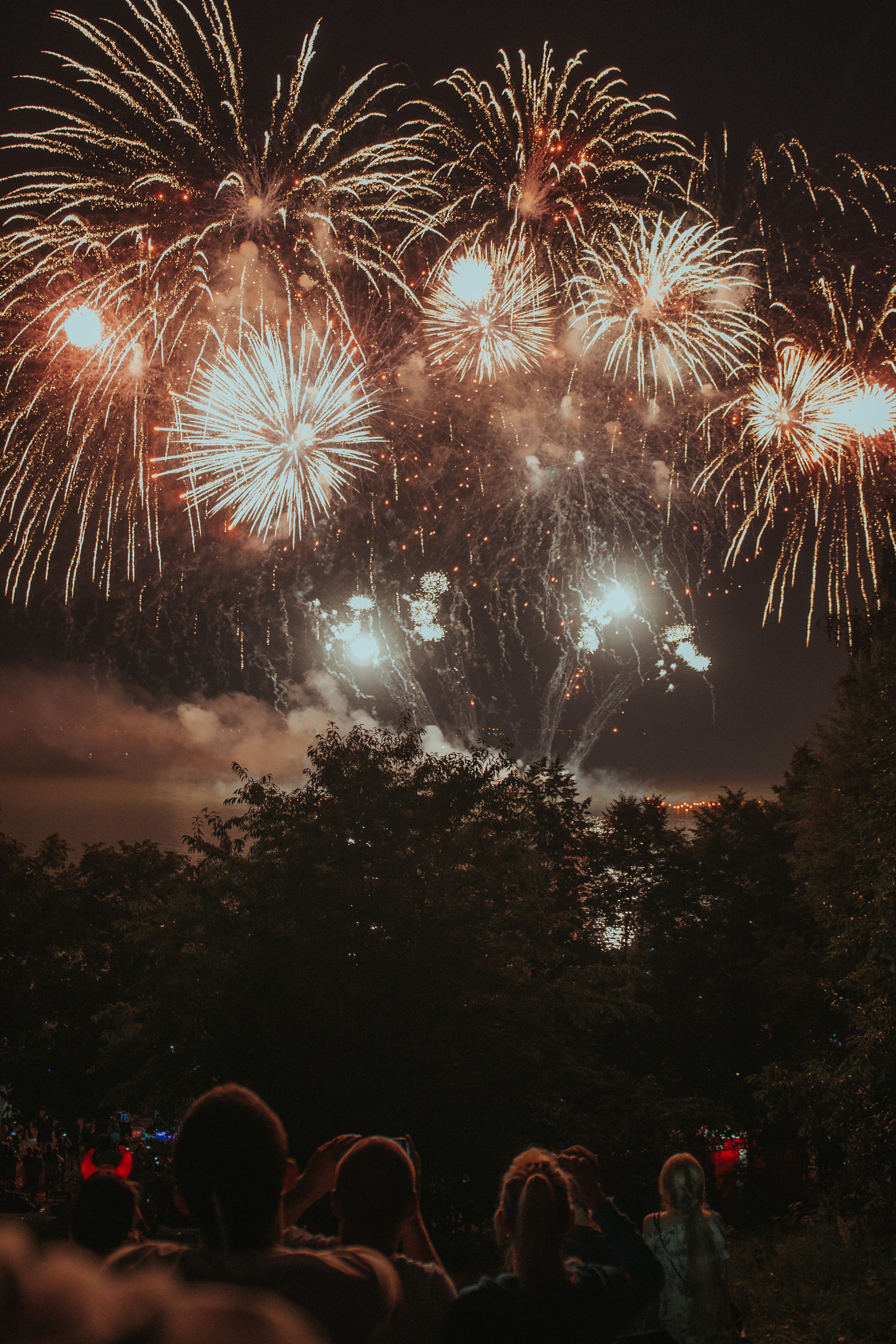
< Back

